When it comes to watches, there are so many intricate movements and mechanisms that it can be hard to keep track. What’s the difference between a ‘chronograph’ and a ‘chronometer’, we hear you cry? Do I really need a ‘moon phase’ or a ‘minute repeater’, we hear you ask? And what, for horology’s sake, is a ‘tourbillon’?
What is a tourbillon?
With a name derived from the French for ‘whirlwind’, these complicated, micro-engineered features are all about tricking gravity. In tourbillon watch movements, the regulating system can be found mounted in a cage; one that revolves around its axis. This way, the movement will spin and turn — balancing out any rate errors that the effects of gravity would usually have on the delicate oscillating balance springs.
First invented in 1795, the feature was developed to improve pocket watches. As this larger style of watch tends to be worn vertically, gravity affected the movement considerably more. Fast-forward to modern day watchmaking, and the tourbillon is less of a necessity; and more a status symbol, or indicator that your watch was tres expensive. Below, we’ve rounded up the best to buy this year…
Chopard L.U.C Tourbillon Triple Certification
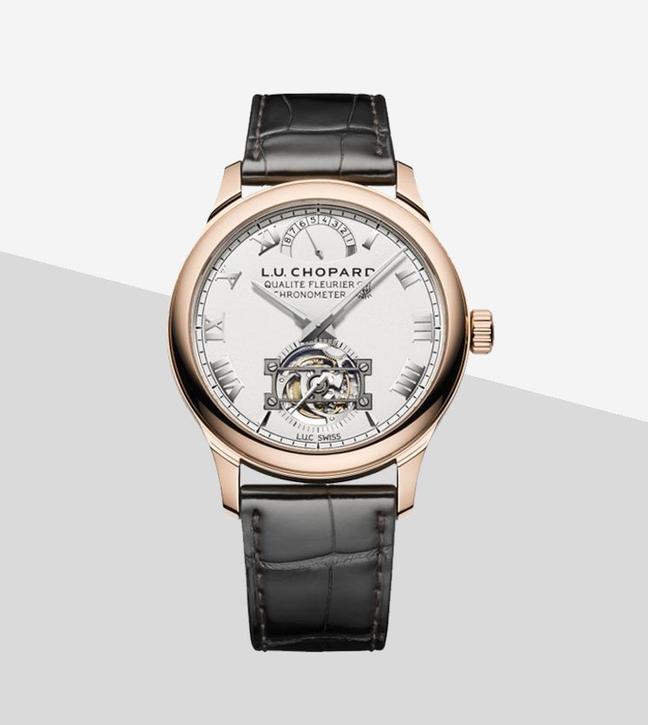
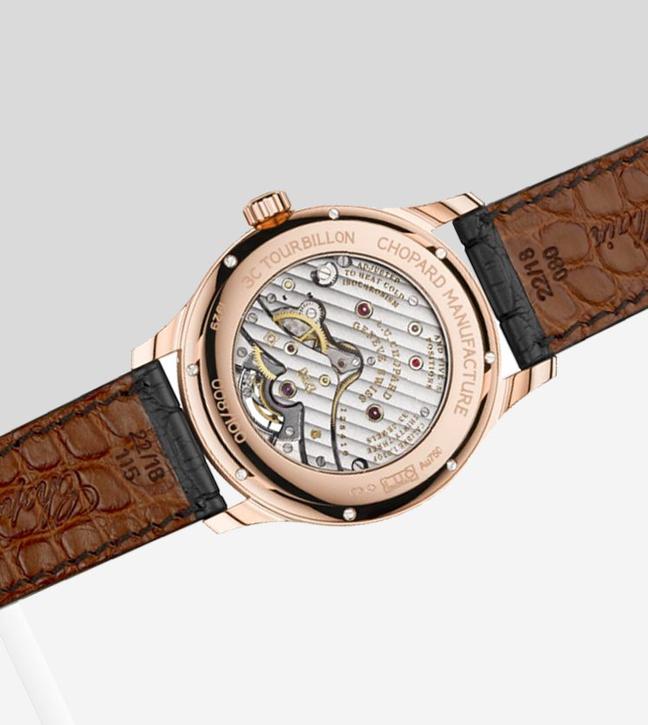
Its tourbillon, explained: This gem from Chopard features a ‘One-minute tourbillon’, which has been subjected to chronofiable testing and a session on a Fleuritest machine — simulating extreme movement and real-world stress.
What makes it special: The attention to detail. The Triple Certification holds three of the most difficult-to-obtain watch certifications, but the Poinçon de Genève is the most admirable. Even after ensuring quality construction, Chopard carried on with craftsmanship — ensuring the watch was as beautiful as it is practical.
What certifications does it hold: Those big three. The Poinçon de Genève to show ‘fineness’, and both the Fleurier Quality Foundation certification and COSC certification to show mechanical excellence.
Vacheron Constantin Traditionnelle Minute Repeater Tourbillon
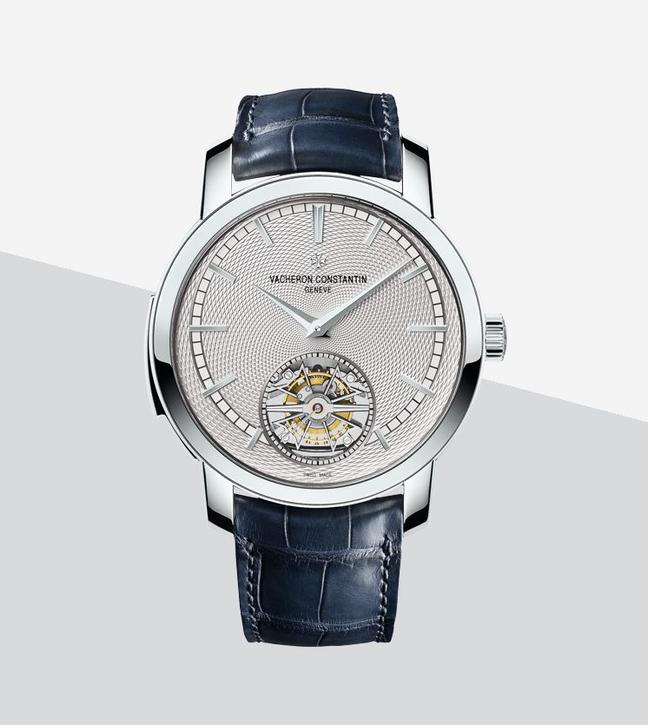

Its tourbillon, explained: You’re looking at a skeletonised tourbillon bridge on the back, with a mirror-polished piece on the front to secure the Maltese cross-shaped tourbillon cage.
What makes it special: It’s got to be that exquisite hand-applied guilloché motif on the dial. True, some tourbillons can throw the symmetry off on watch faces, but this textured touch will ensure you never even notice.
What certifications does it hold: The Hallmark of Geneva.
Patek Philippe Grand Complication Platinum Tourbillon 5316P
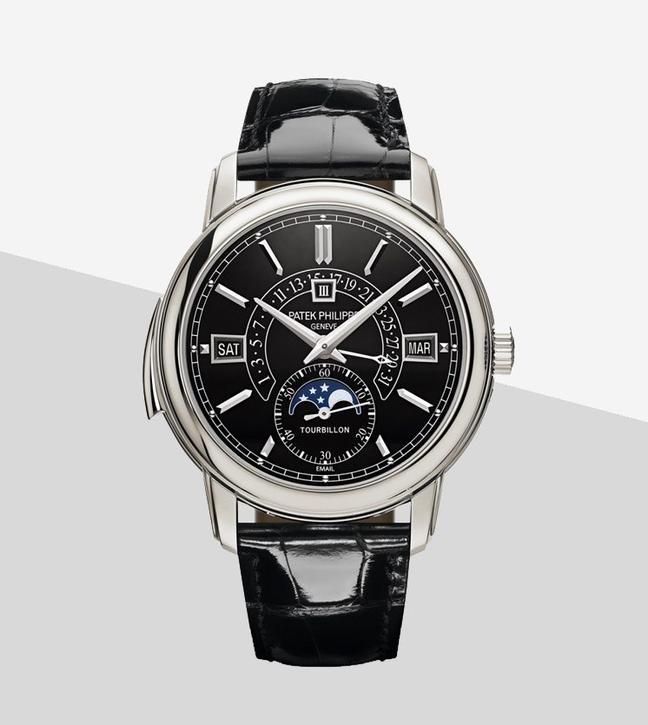
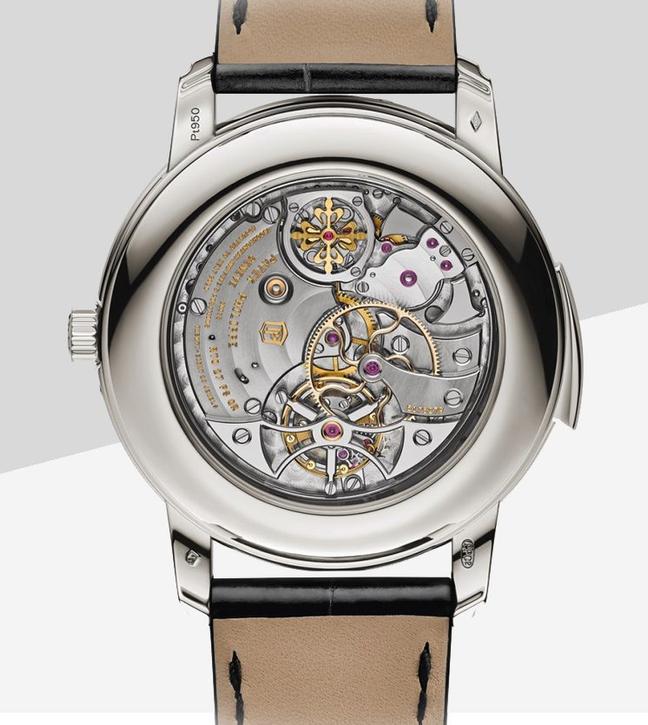
Its tourbillon, explained: As the name suggests, this is indeed a grand complication. It’s a tourbillon perpetual calendar, to be precise, with a minute repeater and retrograde date thrown in for good measure.
What makes it special: The moon phases. The literal stars of the show, the moon phase indicator sits where you’d expect the tourbillon cage to be seen. Any watch with features to upstage a tourbillon is alright by us.
What certifications does it hold: The Patek Philippe Seal.
Breguet Marine “Grande Complication” Tourbillon

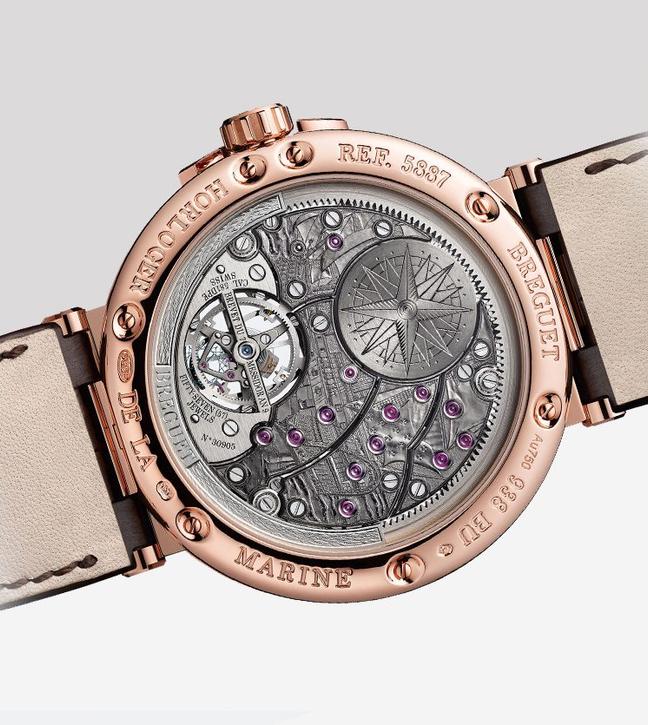
Its tourbillon, explained: Breguet’s own ‘Grande Complication’ sees the tourbillon carriage rendered in titanium — with the added innovation of putting the small seconds and equation cam on the tourbillon shaft
What makes it special: Despite the tourbillon — and power-reserve indicator, day, retrograde date, month and leap year indications — we’d say the design. It’s that solar minutes hand with a facetted golden sun, and corresponding dial decal that does it for us.
A. Lange & Söhne 1815 Tourbillon
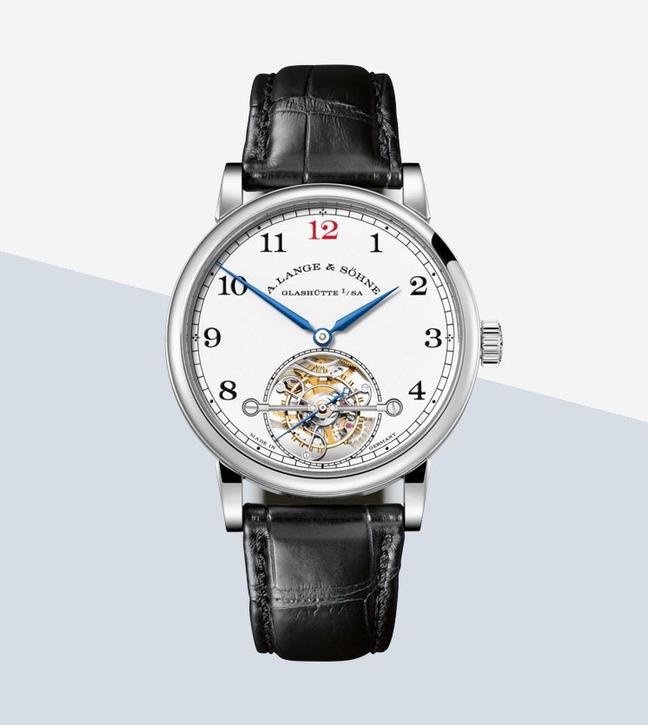
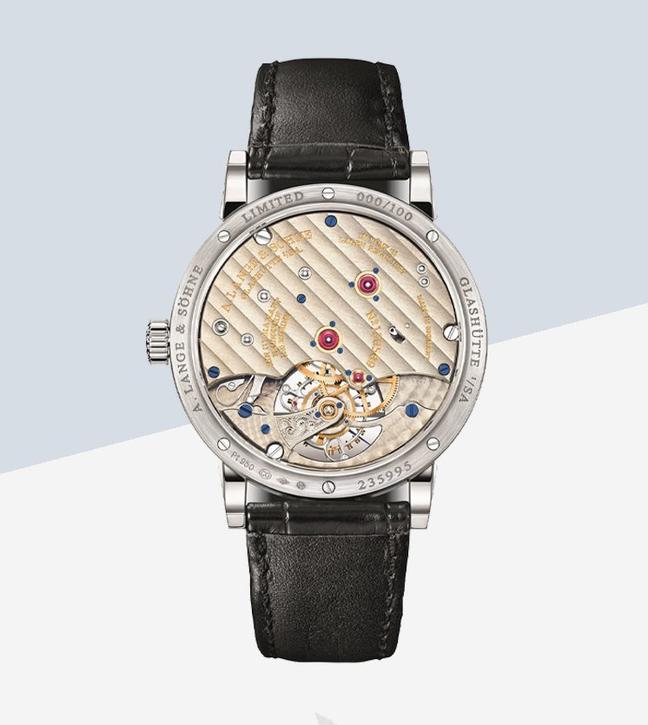
Its tourbillon, explained: The brand’s the 1815 Tourbillon is something special — introducing a ‘Zero-Reset’ function that jumps the seconds hand to the zero position when the crown is pulled.
What makes it special: It’s sheer simplicity. True, the case may be crafted from platinum, but thanks to those blued steel hands, white enamelled dial and subtle fired red 12, this is a non-showy tourbillon; a rare find indeed.
Audemars Piguet Royal Oak Tourbillon Extra-Thin
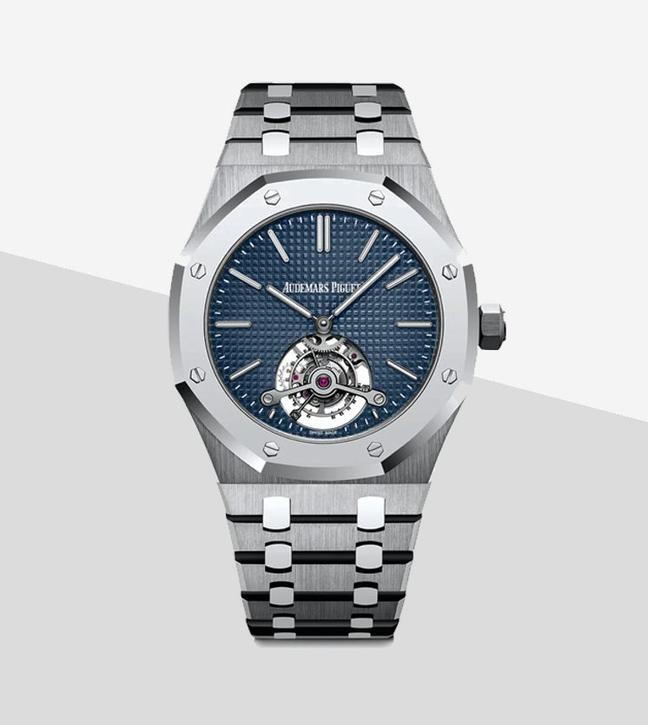
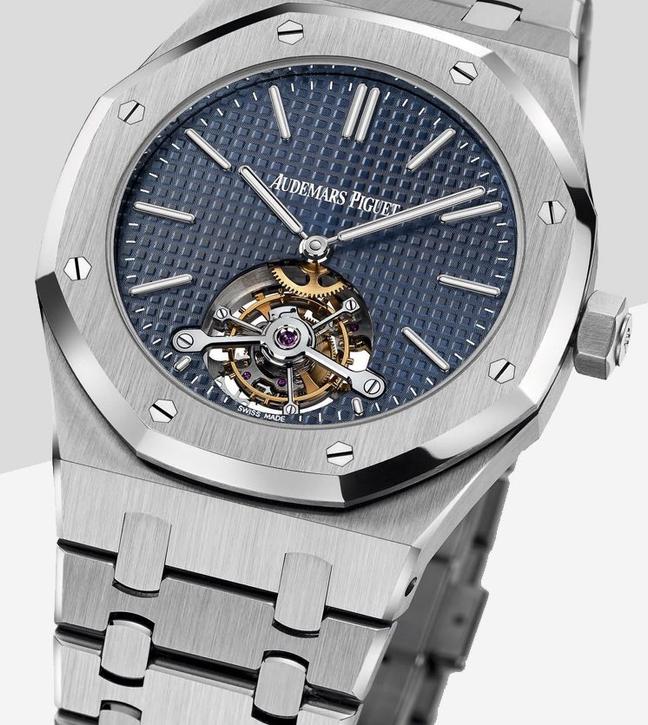
Its tourbillon, explained: Audemars Piguet’s in-house movement boasts a tourbillon escapement and indicator for the 70 hour power reserve on the back.
What makes it special: The watch as a whole? How seamlessly the brand has introduced such an intricate new feature into an existing design. It’s like the Royal Oak has always had a tourbillon sitting pretty in its ‘Tapisserie Evolutive’ dial.
Want more great timepieces? These are the best new watches of 2020 (that you may have missed…)
Become a Gentleman’s Journal member. Find out more here.

Become a Gentleman’s Journal Member?
Like the Gentleman’s Journal? Why not join the Clubhouse, a special kind of private club where members receive offers and experiences from hand-picked, premium brands. You will also receive invites to exclusive events, the quarterly print magazine delivered directly to your door and your own membership card.


